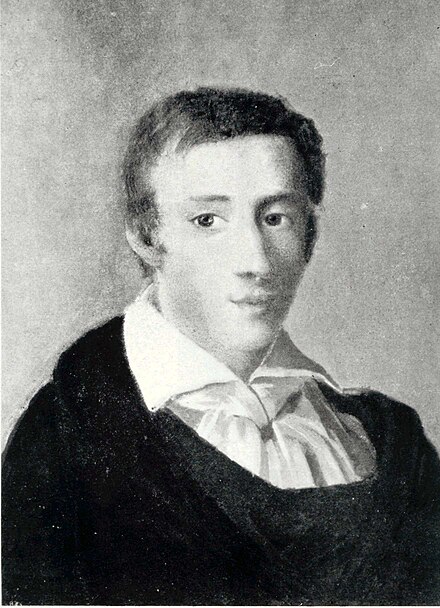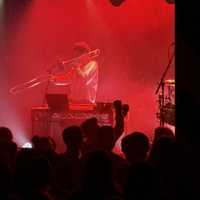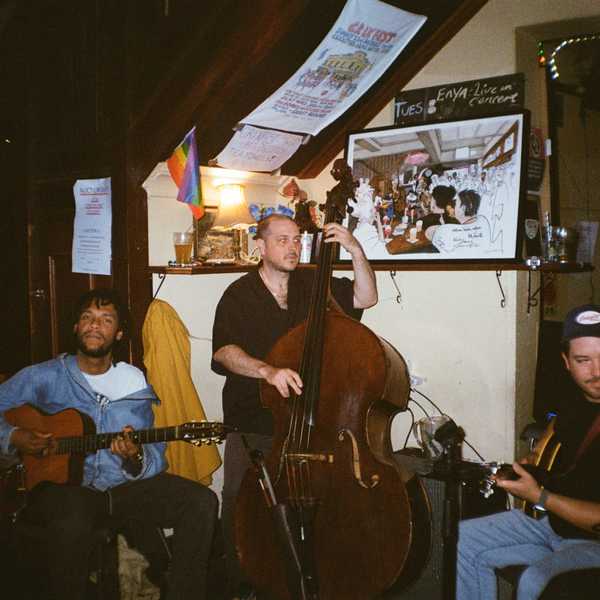
Wednesday 30 October, 2024
Review by Paul Neeson (Arts Wednesday)
Argentinian pianist, Ingrid Fliter gave a consummate demonstration of how to make the piano sing the way Frederic Chopin would have in her graceful performance of his 1st Piano Concerto with the Sydney Symphony Orchestra.

Brazilian conductor Eduardo Strausser lead the orchestra in a program of romantic showstoppers opening with the Manfred Overture of Robert Schumann. Taken from Schumann’s larger work in three parts, the Overture is the most lasting movement. It is based on the writing of Byron dealing with Gothic themes of despair, suicide and necromancy. Considered Schumann’s best piece of orchestral writing, Strausser showed us why with his dramatic interpretation of the work, bringing out all the tonal colours and contrasts from the orchestra.
Next came the centrepiece of the concert with Fliter’s glittering performance of Chopin’s 1st concerto, a performance that shone and sparkled as much as her matching sequinned jacket and shoes. Considered a Chopin specialist, Fliter has recorded a large catalogue of the Romantic composers works for piano, both solo and concerti alike. As you can hear in the interview below she has developed her love and expertise of the master throughout her career, and all that experience was on show last night.

The concerto was composed when Chopin was twenty, but shows all the virtuosic brilliance and emotional depth that he became famous for. In Fliter’s expert hands we were taken on an emotional journey with an extended series of melody and countermelody. She showed great confidence from the opening powerful chords (that loosened the stand for her digital score requiring some deft and quick adjustment) to the floating runs and trills that created the illusion that a piano can sustain a note as easily as a wind instrument or human voice. Indeed the piano did sing heartbreakingly beautiful melodies and mysterious ripples over the audio fabric created by the orchestra.
The 2nd movement, Romanze: larghetto, is purportedly a love song to singer Konstancja Gladowska with whom he was infatuated at the time. In the 3rd movement Chopin displays his Polish nationalistic politics with a krakowiak, a lively Polish folk tune underlying the finale with endless and more intriguing variations. Ironically this was the last work he composed before having to leave Poland due to the ongoing trouble with an ever expansive Russian empire.
After the resounding end of the concerto, Fliter received endless applause until she granted us an encore, the Nocturne No.20 in C# minor. A very intimate piece for solo piano, it was the perfect vehicle to display her incredible mastery of Chopin’s emotion and technical virtuosity. One of his defining techniques is using however many notes in a run or trill to give the effect he is after, and to make it sound each time like the perfect number. For example at the end of this nocturne in a space that would normally require 8 semiquavers, he uses first 18, then 35, 11 and finally 13. By defying that clinical mathematical logic, a freedom of expression is created that knows no bounds. The effect in Fliter’s hands was exquisite, and she showed us that technical difficulties are completely surmountable in the pursuit of beauty.

After interval we were given Mendelssohn’s 3rd Symphony, the Scottish. Composed after a holiday in Scotland, the symphony portrays some visual imagery in what could be described as a musical postcard. In the opening movement we hear the squalls rolling in across the moors and lochs. In the more joyful scherzo what appears to a bucolic folk song brings to mind shepherds taking their flocks up the mountains in springtime. And is that a hymn-like melody in the Adagio inspired perhaps by his visit to the ruined abbey at Holyrood Castle? Conductor Eduardo Strausser was very animated in bringing Mendelssohn’s moods and colours to a satisfied audience.
You can hear a recent interview with Ingrid Fliter below:
Share "Review: Ingrid Fliter Performs Chopin"
Copy










